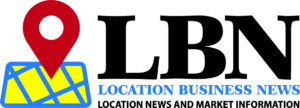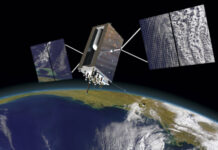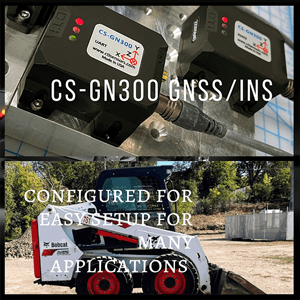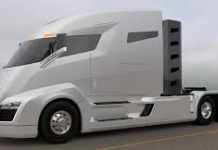Worldwide Market Challenging During Pandemic…
The location industry of 2021 had a mix of good and bad news, ranging from billion-dollar public offerings and new products to global threats to satellite navigation signals—all during a worldwide pandemic. The editors of Location Business News talked to several industry execs to assess what was the big news/trends of 2021—while looking ahead to 2022.
Kip Jones, Skyhook Chief Technology Evangelist:
“Location innovation based on IoT growth [was the big news from 2021]. From basic positioning for tracking devices to advancing indoor positioning and support for vertical positioning. A lot of the pieces to support these use cases took giant steps forward in 2021.
“[For 2022] Obviously, the IoT deployment and continued rollouts will push the limits of technology and scale will drive acquisitions in the industry. Consolidated, hybrid positioning across technologies and capabilities will be needed to scale and simplify the ability to build devices with accurate location capabilities. Consolidation and integration will drive further innovation and scale in the sector.”
Ed Chao, Polte CEO:
“We have seen significant traction with Cloud Location over Cellular (C-LoC) technology in 2021, both with commercial momentum in 4G Massive IoT asset tracking and partnerships secured for building out the foundation of location applications in 5G Critical IoT. The ecosystem is recognizing the immediate need for secure, accurate, global location that makes it easier for enterprises to unlock unprecedented insights across a wide range of verticals.”
Dan Hight, Nextnav Vice President, Business Development and Partnerships:
“In 2021, across industries – not just the location space – the Metaverse took the world by storm. Betting on the opportunity, we saw companies go as far as spending millions to own virtual properties in a soon-to-come Metaverse. Of course, the promise of combining our physical and virtual worlds brings about near-limitless possibilities for the next era of technologies and experiences for individuals and businesses alike.
“Notably, the location industry will have an integral role to play in this phase of development. Whether indoors or outdoors, accurate location data, including vertical location, and better mapping will be crucial in replicating environments and enabling immersive experiences – whether physical or virtual – in the Metaverse. In 2022, we expect that the Metaverse will be more than a discussion amongst technology leaders and instead become a movement in which many organizations contribute their energy, expertise, and resources to make it a reality….or should I say an augmented reality.”
Fabio Belloni, Quuppa Chief Growth Officer
“[The big story of 2021] overall, the growth of market awareness on what Location Technologies are Location Based Services are, including benefits. This challenging Covid time has helped educating the market in such respect. Furthermore, a lot of companies are looking for location solutions going beyond the immediate need of Covid requirements. This means to be able to meet both contact tracing and social distancing, as well as addressing business related use cases.
“[Big thing in 2022] is the consolidation of Hybrid RTLS projects; i.e. seamlessly tracking of assets both indoor and outdoor. The end-customers just want to know where the asset is, they are not interested on which technology is used. It is up to the technology providers to simplify and hide complexity in the eyes of the end-customers.”
Trevor Curwin, Sheeva.ai, Energy and Smart Cities
“Another year is almost in the books, and in the world of location-based services, it’s been another year of disruption caused by continuing Covid impacts, booming economic drivers, and years of digital transformation being dragged forward. n short, it was a wild year of new tech adoptions and new drivers of growth, some previously predicted and some not so much.
“We polled our location ecosystem and our strategic partners – all of them looking at the coming growth in cloud-based real-time vehicle location in the payments, parking, tolling, fueling, EV charging, curbside retail, and more. We agree with market predictions that the in-vehicle transactions market will hit $500 billion in over 600 million connected vehicles by 2030, as American growth continues quickly.”



























